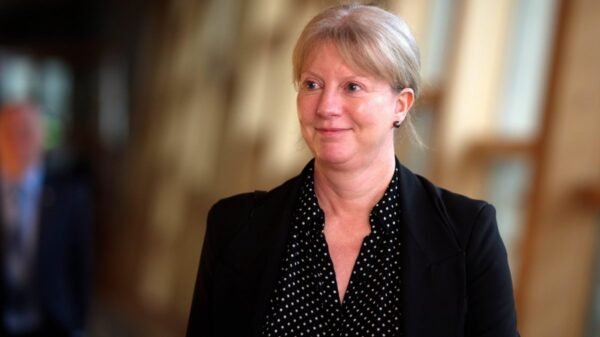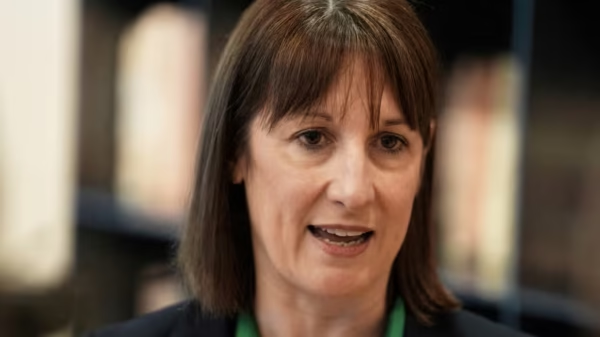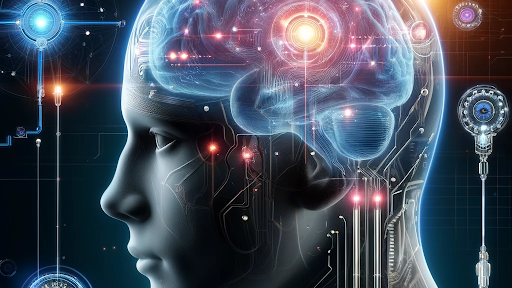The Definition of Family
The concept of family structures has been evolving over time and varies greatly across different cultures. What was once a traditional nuclear family consisting of a married couple and their biological children is no longer the only accepted definition of family. In today’s society, family can be defined in numerous ways, including extended family, single-parent households, same-sex couples, and chosen families.
Family Structures Around the World
Family structures vary significantly around the world, reflecting the diversity of cultural norms and values. In some cultures, such as in many Asian countries, the extended family plays a crucial role. Multiple generations often live together under one roof and share responsibilities and resources. This arrangement fosters strong bonds and a sense of collective identity.
In contrast, Western cultures tend to prioritize individualism and independence. Nuclear families are more common, with parents and their children living separately from their extended relatives. However, it is essential to note that even within Western cultures, there is a growing acceptance and recognition of diverse family structures.
The Influence of Religion and Tradition
Religion and tradition play a significant role in shaping the concept of family in different cultures. In some cultures, religious beliefs dictate the roles and responsibilities of family members. For example, in many Middle Eastern countries, the patriarchal structure is prevalent, with the father being the head of the household and making important decisions.
Similarly, in certain indigenous cultures, ancestral traditions guide family dynamics and relationships. These traditions often emphasize the importance of community and intergenerational connections.
Changing Attitudes and Acceptance
As societies continue to evolve, attitudes towards family structures are also changing. There is a growing acceptance and recognition of non-traditional families, such as single-parent households, same-sex couples, and families formed through adoption or surrogacy.
These changes can be attributed to various factors, including increased awareness and understanding of diverse identities, advancements in reproductive technologies, and the influence of social movements advocating for equality and inclusivity.



































